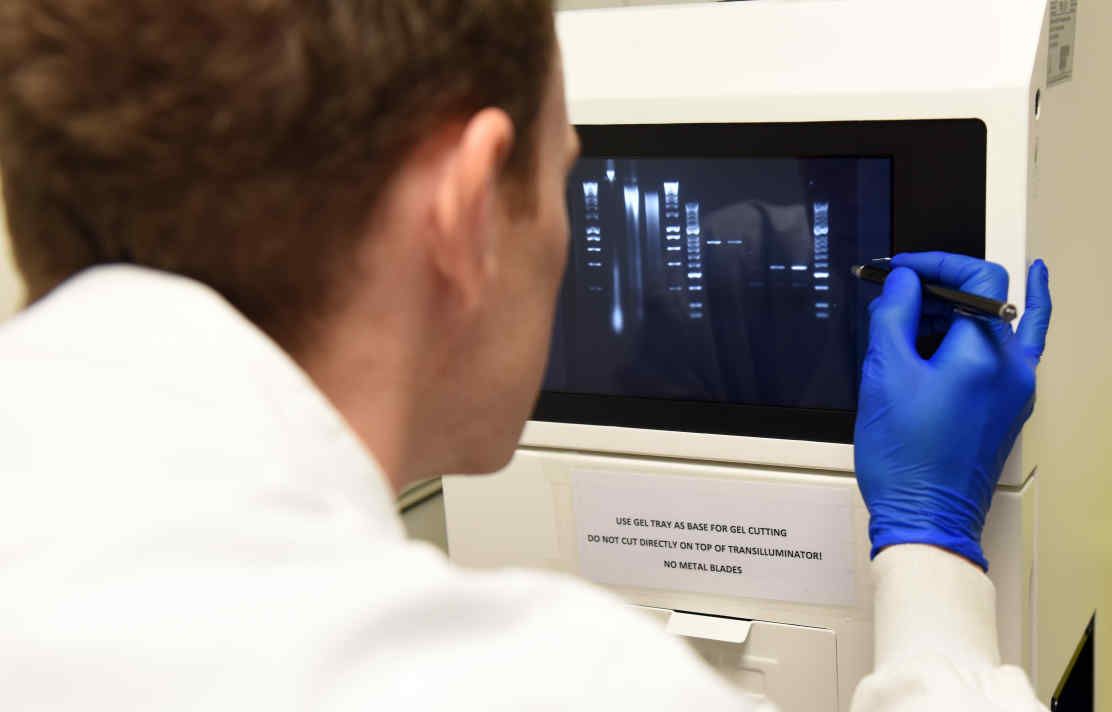BibTex format
@article{Jarvis:2017:10.1136/thoraxjnl-2016-209596,
author = {Jarvis, D and Newson, R and Janson, C and Corsico, A and Heinrich, J and Anto, JM and Abramson, MJ and Kirsten, A-M and Zock, JP and Bono, R and Demoly, P and Leynaert, B and Raherison, C and Pin, I and Gislason, T and Jogi, R and Schlunssen, V and Svanes, C and Watkins, J and Weyler, J and Pereira-Vega, A and Urrutia, I and Gullón, JA and Forsberg, B and Probst-Hensch, N and Boezen, HM and Martinez-Moratalla, Rovira J and Accordini, S and de, Marco R and Burney, P},
doi = {10.1136/thoraxjnl-2016-209596},
journal = {Thorax},
pages = {37--48},
title = {Prevalence of asthma-like symptoms with ageing.},
url = {http://dx.doi.org/10.1136/thoraxjnl-2016-209596},
volume = {73},
year = {2017}
}
RIS format (EndNote, RefMan)
TY - JOUR
AB - BACKGROUND: Change in the prevalence of asthma-like symptoms in populations of ageing adults is likely to be influenced by smoking, asthma treatment and atopy. METHODS: The European Community Respiratory Health Survey collected information on prevalent asthma-like symptoms from representative samples of adults aged 20-44 years (29 centres in 13 European countries and Australia) at baseline and 10 and 20 years later (n=7844). Net changes in symptom prevalence were determined using generalised estimating equations (accounting for non-response through inverse probability weighting), followed by meta-analysis of centre level estimates. FINDINGS: Over 20 years the prevalence of 'wheeze' and 'wheeze in the absence of a cold' decreased (-2.4%, 95% CI -3.5 to -1.3%; -1.5%, 95% CI -2.4 to -0.6%, respectively) but the prevalence of asthma attacks, use of asthma medication and hay fever/nasal allergies increased (0.6%, 95% CI 0.1 to 1.11; 3.6%, 95% CI 3.0 to 4.2; 2.7%, 95% CI 1.7 to 3.7). Changes were similar in the first 10 years compared with the second 10 years, except for hay fever/nasal allergies (increase seen in the first 10 years only). Decreases in these wheeze-related symptoms were largely seen in the group who gave up smoking, and were seen in those who reported hay fever/nasal allergies at baseline. INTERPRETATION: European adults born between 1946 and 1970 have, over the last 20 years, experienced less wheeze, although they were more likely to report asthma attacks, use of asthma medication and hay fever. Decrease in wheeze is largely attributable to smoking cessation, rather than improved treatment of asthma. It may also be influenced by reductions in atopy with ageing.
AU - Jarvis,D
AU - Newson,R
AU - Janson,C
AU - Corsico,A
AU - Heinrich,J
AU - Anto,JM
AU - Abramson,MJ
AU - Kirsten,A-M
AU - Zock,JP
AU - Bono,R
AU - Demoly,P
AU - Leynaert,B
AU - Raherison,C
AU - Pin,I
AU - Gislason,T
AU - Jogi,R
AU - Schlunssen,V
AU - Svanes,C
AU - Watkins,J
AU - Weyler,J
AU - Pereira-Vega,A
AU - Urrutia,I
AU - Gullón,JA
AU - Forsberg,B
AU - Probst-Hensch,N
AU - Boezen,HM
AU - Martinez-Moratalla,Rovira J
AU - Accordini,S
AU - de,Marco R
AU - Burney,P
DO - 10.1136/thoraxjnl-2016-209596
EP - 48
PY - 2017///
SN - 1468-3296
SP - 37
TI - Prevalence of asthma-like symptoms with ageing.
T2 - Thorax
UR - http://dx.doi.org/10.1136/thoraxjnl-2016-209596
UR - http://hdl.handle.net/10044/1/51708
VL - 73
ER -
